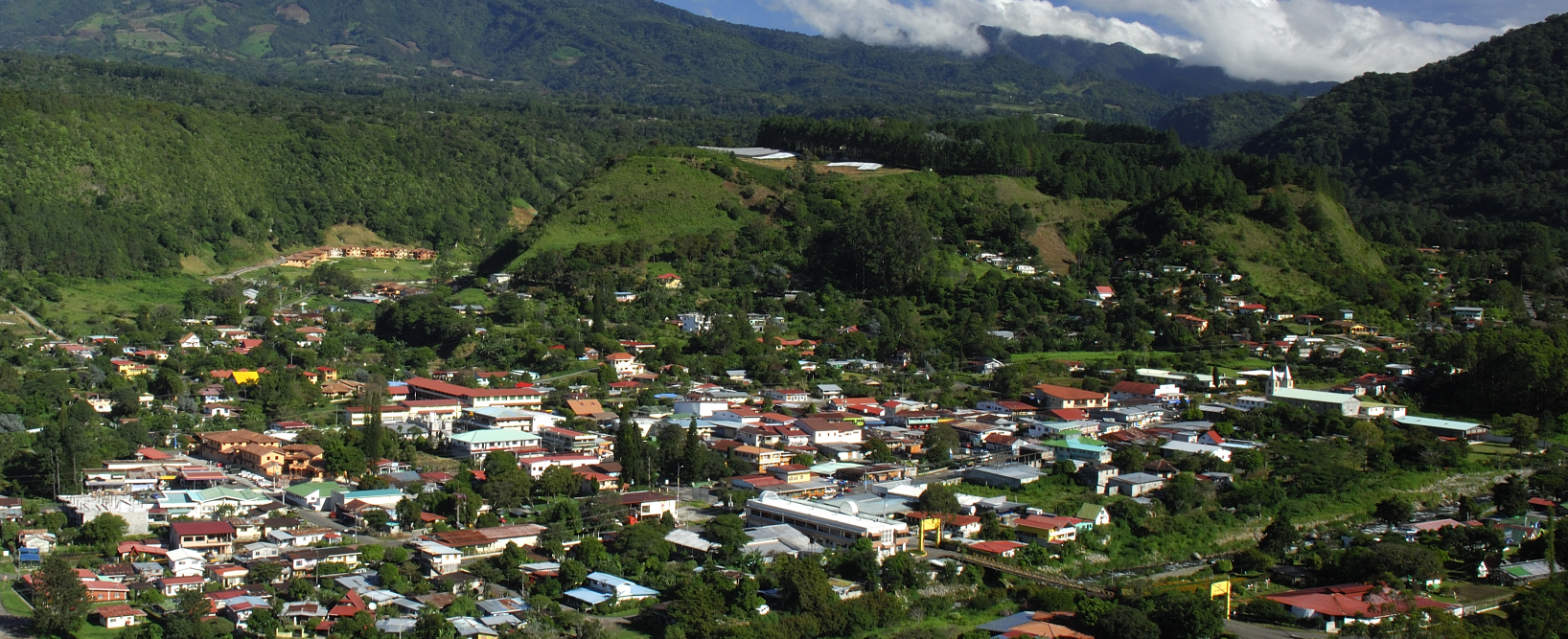November is a month filled with holidays in Panama. Holidays require parades and celebrations, so you are likely to hear drums all day, every day while the different band practice. Don’t be surprised to see and hear fireworks too.
Many people from Panama City travel to the interior for a vacation during the holidays, so you can anticipate that hotels will be full. If you’re coming to Panama during November, book your hotels rooms well in advance.
Panamanians are very patriotic and love to show off their flags in their yard and on their cars. During parades, the streets will be lined with people watching and waving their flags.
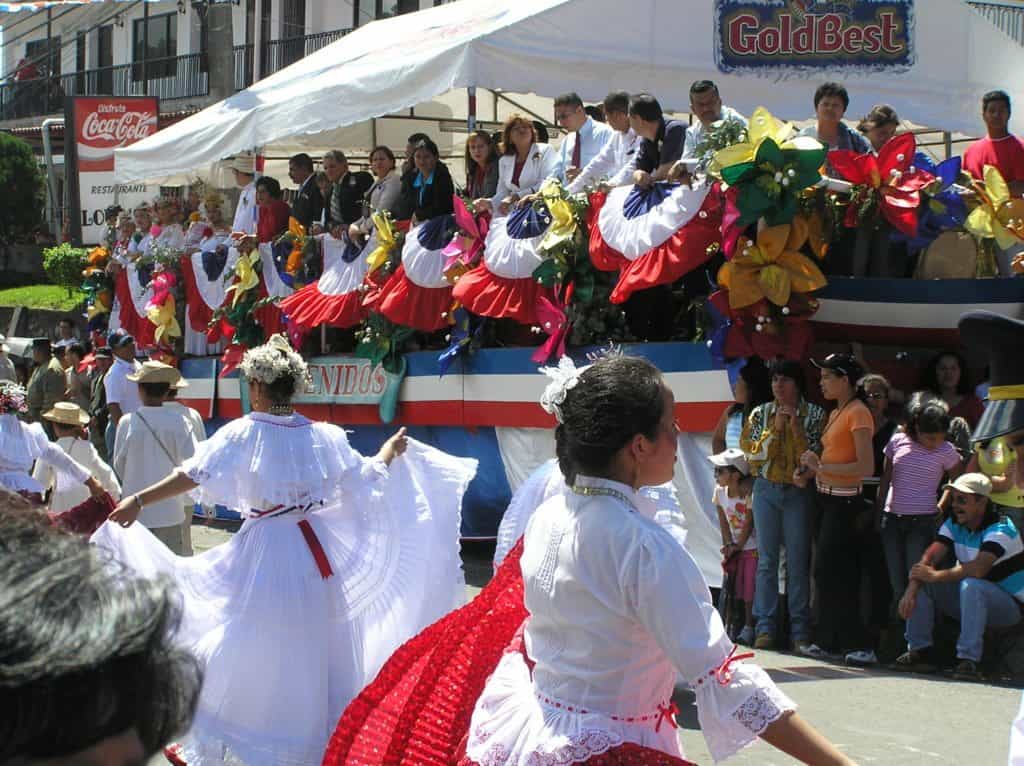
Tiny Panama fought hard to gain its independence from Spain and Colombia.
The shaping of Panama as an independent nation took its strongest hold between the 1800’s and early 1900’s. Ironically, most historical events took place during the month of November. Now, November is a highly celebrated month in Panama, with monumental events throughout the country to commemorate its History of Independence!
Some of the November holidays are local to certain provinces and not celebrated nationally in Panama, but since the three consecutive holidays during the first week of November are national, it is common for many businesses to completely close during that week.
Government offices often stay closed during much of November. As you might expect, this would not be the best time of year to begin your Residency process, renew your passport, or for many other functions that require government action or approval.
Instead, you might find your time better spent reveling in the November celebrations throughout Panama in appreciation for the independence Panama has achieved for itself since the 19th century.
I am listing Panama’s significant November dates in historical chronological order, rather than in calendar order, to show how the history of Panama unfolded and the timeframe it took to mold into the Panama we know today.
November 10, 1821 – First Cry of Independence of La Villa de Los Santos
The uprising of Villa de Los Santos, known as the first cry of independence from Spain (“Primer Grito de Independencia de Espana”) has particular significance as a beginning for change from the Spanish control of Panama, which had existed about 300 years.
Panama had been an important colony for the Spanish Empire, especially Panama City’s port, which was ideal for transporting the silver, gold, and treasures that Spaniards took while plundering throughout Latin America. In true “Conquistador” fashion, the Spanish governors were not fair or just to the locals, they only had their own conquering goals in mind.
On Nov 10, 1821, the citizens of the small town of La Villa de Los Santos, located in the eastern coast of Panama’s Azuero Peninsula, had had enough. There are two versions of this legendary event — one details how concerned villagers wrote a letter to Simon Bolivar, who was the President of Gran Colombia for two years at that time, and he also had political icon status by helping Latin American colonies like Panama become independent from Spain. The letter complained about the Spanish governor and asked Bolivar for revolutionary assistance.
The other version claims that on this historic day, Rufina Alfaro – a young woman who lived in a small village near Los Santos – led a group of Panamanians, shouting “Viva la Libertad” (Long live liberty). People armed with sticks and stones seized Spanish barracks without spilling a single drop of blood.
Whichever version you choose to believe, the Independence of Panama from Spain was accomplished through a bloodless revolt beginning 10 November, and culminating almost three weeks later on 28 November in 1821.
After the rebels in Villa de Los Santos made the first declaration for independence, the movement quickly spread to the capital (Panama City). Fearing that Spain would retake the country, the rebels quickly joined their neighbor, The Republic of Gran Colombia, which at that time included Colombia, Venezuela, Panama, Ecuador, and parts of Peru and Brazil.
Sadly, Panama received no support from the Gran Colombian government and for the next 80 years, experienced neglect and isolation.
Los Santos Uprising Day is one of Panama’s Fiestas Patrias (“Patriotic Parties”) holidays dedicated to the country’s struggle for independence. This day is primarily celebrated in the town of La Villa de Los Santos with a big parade (which starts on Simón Bolívar Street), folklore dance performances, fiddling competitions, and fireworks.
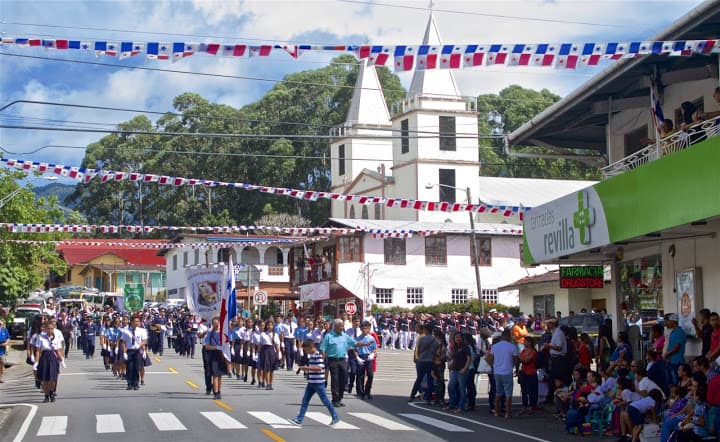
November 28, 1821 – Separation from Spain Day – the Grand Finale!
The biggest parade happens on November 28th.
Literally just over 200 years ago, the Independence Act of Panama for Separation from Spain was officially declared on 28 November 1821. During this first step towards Independence, Panamanians had a strong desire to become their own nation, coming close to independence from Colombia ten years later in 1831, when Ecuador and Venezuela left Gran Colombia and became separate republics. However, Panama ended up evolving with Colombia into the Republic of New Granada. In the mid-1800s, the Isthmus (as Panama was known at that time) tried and failed 3 times to separate from Colombia.
Independence from Spain Day is widely celebrated throughout Panama with vivid parades, folk music and dance, cultural events and other festivities.

November 3, 1903 – Separation from Colombia Day
Panama remained part of Gran Colombia/New Granada until 1903, when it finally gained independence from Colombia – eighty years after Panama’s successful Separation from Spain. This day is officially celebrated on Nov. 3rd, the day a 3-day rebellion began by the Panamanian separatists.
In 1903, Colombia and Panama disagreed on whether the U.S. should be allowed to build a canal across Panama. Colombia declined to sign the treaty to move forward with building the Canal in August, 1903. A formal separatist movement began forming and Colombia started troop movements towards Panama which forced Panamanian leaders — with the support of the United States –to finally declare the Republic of Panama a fully sovereign nation on 3 November 1903.
In 1903, the Hay-Herrán Treaty was signed with Colombia, granting the United States use of the Isthmus of Panama in exchange for financial compensation. Rumor has it that the United States would not build the Panama Canal unless Panama had its sovereignty. And the US paid Colombia $20,000,000 to buy Panama’s sovereignity.
Celebrations across the country include firework displays, sporting & cultural events, parades with gals (adult & schoolage) wearing the “pollera” – a traditional intricately embroidered & beaded Panamanian skirt and headdress, and plenty of good old-fashioned “rumba, bomba y plena” (dance, party, and music), followed by more celebrations on Nov 4th for Flag Day.
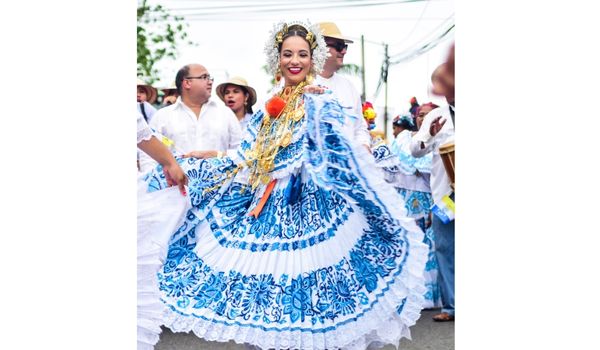
November 4, 1903 – Flag Day (Dia de la Bandera)
Flag Day in Panama symbolizes the sovereignty of a nation. This day is a celebration of Panamanian heritage, culture, and Independence. Lifting the flag, reading the Act of Independence, and singing the National Anthem are all important events on this day. You can’t miss the Panamanian flag waving everywhere on Flag Day – on buildings, banks, overpasses, porches, car antenna, and more! Flag Day is one of the most colorful of all the holidays throughout Panama, highly celebrated with festivals and national flags everywhere!
According to history, Maria Ossa de Amador secretly began making the first Panamanian flag on 1 Nov 1903. She created three different designs and all three flags were flown two days later on 3 Nov, when Panama declared its independence from Colombia. Ultimately, the one we use today was adopted as the official flag of Panama.
Significance of Panama Flag Design – it signifies the political situation during Independence:
BLUE: Represents the Conservative Party
RED: Represents the Liberal Party
WHITE: Represents purity & peace
BLUE STAR: stands for the purity and honesty of the life of the country
RED STAR: stands for the authority and law in the country
** Together the stars stand for the new Republic.
In Panama City, on November 3rd and 4th there is an official parade in which government entities and all schools (public & private) participate. The schools, the police and the firemen all parade down one of the main streets in Casco Viejo or Via Espana, wearing their uniforms, accompanied by ‘Dianas’ – traditional bands with drums, bugles, and trumpets. For months prior to these parades, you will hear the school children practicing their drumming for the big event. Even in the sleepy remote Bocas del Toro islands, the school children are faithfully prepping daily after school and it’s exciting to hear their drumming improve from their dedicated efforts!
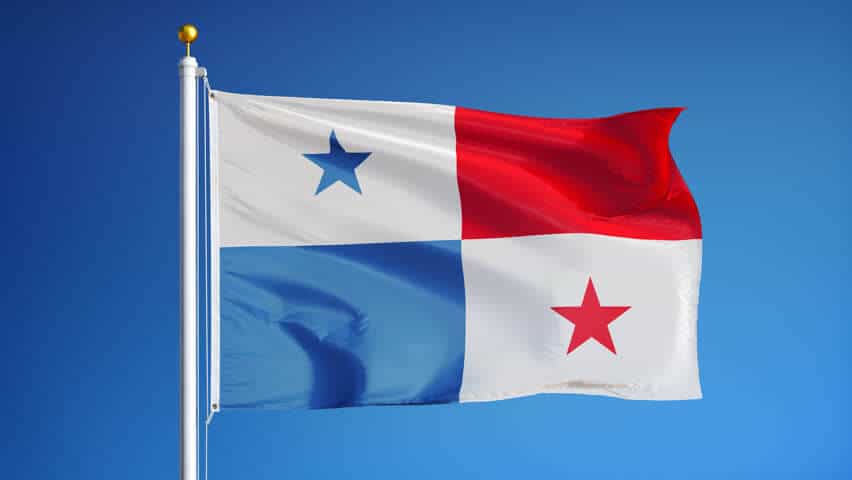
November 5: Colon Day
Colon Day celebrates the final day of three consecutive days of historic events in Panama during November 1903. This holiday commemorates the day that citizens of Colon averted a march on Panama City by the Colombian army. Immediately after Panama’s declaration of independence on November 3rd, Colombia ordered their army to march on Panama.
By Nov 5th, the Panamanian Government was successful in convincing Colombian forces in Colon not to advance on Panama City. Had this important historic event not occurred, the end result could have been that the Colombians gained a military advantage and thwarted the independence movement.
The US played a part in assisting the Panamanian Rebellion. Unfortunately for Colombia, it had already granted the US management of the railroad on the Panama Isthmus. Consequently, to help the rebels during the Separatist movement, the US took all the trains off the tracks in Colón, which stranded the Colombian troops from progressing towards Panama City.
Panama is uniquely distinct by having two Independence Days, each equally worth recognition and celebration nationally. And they are both in November.
Regionally, various Panamanian provinces have additional November holidays, each for their own historic significance, that are not celebrated nationally. In the Bocas Del Toro Province, for example, two other November dates hold historic significance and are highly celebrated annually, locally.
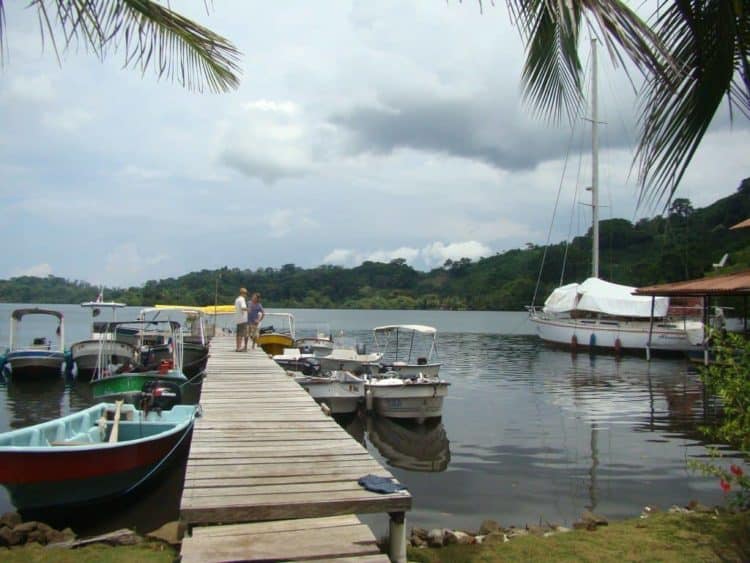
November 16: Bocas Day
Bocas Day commemorates the recognition of the Bocas Del Toro province as the first established province in Panama only two weeks after the creation of Panama as a sovereign nation in Nov 1903. Bocas Day features a parade in Bocas on Isla Colon, with students coming from all over the province to participate and compete in a marching band contest. Various age levels are in play, ranging from niños (10 years old and younger), colegio (high school) and independiente (adults), and many prizes are awarded including trophies, $500 cash, and more!
The parade is a must-see — all the kids marching proudly for their province, boys carrying drums, girls carrying xylophones, and they also put on a show including throwing drums 20 feet over their head & catching them without missing a single beat, all while marching/dancing and providing their ‘performance of a lifetime’. If you would like to witness one of the finest cultural events that Bocas del Toro has to offer, don’t miss Bocas Day on November 16th.
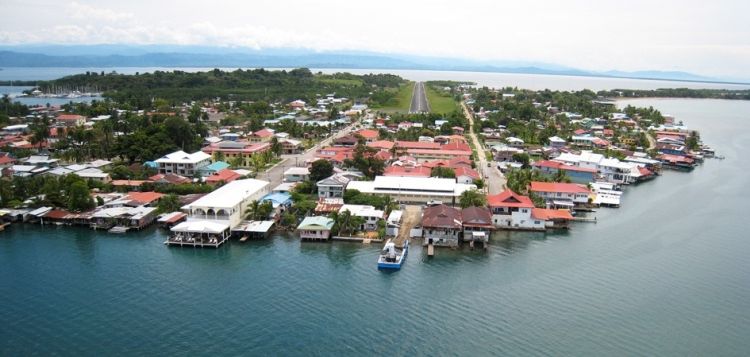
November 23: Basti Day
Basti Day commemorates the founding of Isla Bastimentos in the Bocas Del Toro province, also in 1903, only one week after the establishment of Bocas Day. Much like Bocas Day, this is a day full of parades, parties, pride, and dancing in the streets of Old Bank, Basti’s largest village. The island had already established a place on the map by Christopher Columbus in 1502, who utilized the Bocas del Toro island chain as a stopping point to repair his ships while seeking passage from the Caribbean Sea to the Pacific Ocean. Columbus dubbed the Island ‘Isla Bastimentos’ – the Spanish name for ‘supplies’ that it offered him and his crew. Five hundred years later, the name still stands!
All these November holidays provoke big celebrations throughout Panama (from small remote villages to the larger metropolitan areas) with good eats, tasty drinks, colorful parades, and many grand finale fireworks displays!
If you are in Panama during November, you could find yourself frustrated and stunted with your business and government projects from the continued national Holiday shut-downs, or you could end up enjoying the parades & celebrations with a tropical drink in your hand, while you reflect on the historic events that turned Panama into the independent nation we know and love today!
Then comes the Mother’s Day celebration on December 8th in Panama!




